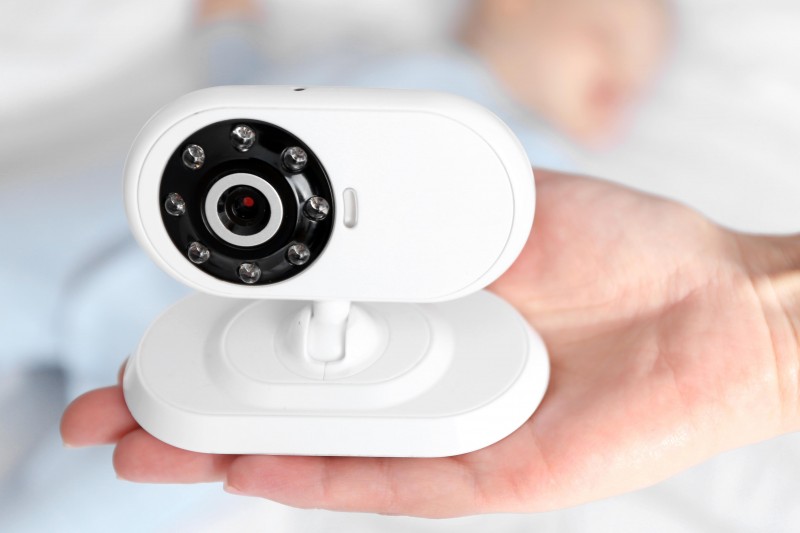Kaspersky Lab researchers have discovered multiple security vulnerabilities in popular smart cameras that are frequently used as baby monitors, or for internal home and office security surveillance.
The uncovered flaws could allow attackers to obtain remote access to video and audio feeds from the cameras, remotely disable these devices, execute arbitrary malicious code on them and do many other things.
Kaspersky Lab researchers contacted and reported the vulnerabilities to Hanwha Techwin, the manufacturer of the affected cameras. At the time of publication, some vulnerabilities had already been fixed, and the remaining vulnerabilities are set to be completely fixed soon, according to the manufacturer.
Modern smart cameras contain an advanced number of functions, providing users with various opportunities: people can use them as advanced baby monitors or for surveillance systems which spot intruders while no one is home or in the office.
Previous analysis conducted by many other security researchers has shown that smart cameras in general tend to contain security vulnerabilities at different levels of severity.
However, in their latest research, Kaspersky Lab experts uncovered something extraordinary: not just one, but a whole range of smart cameras was found to be vulnerable to a number of severe remote attacks.
This was due to an insecurely designed cloud-backbone system that was initially created to enable the owners of these cameras to remotely access video from their devices.
By exploiting these vulnerabilities, malicious users could potentially ccess video and audio feeds from any camera connected to the vulnerable cloud service; remotely gain root access to a camera and use it as an entry-point for further attacks on other devices on both local and external networks; steal personal information such as users’ social network accounts and information which is used to send users notifications; and even remotely “brick” vulnerable cameras.
All these attacks were possible because experts found that the way the cameras interacted with the cloud service was insecure and open to relatively easy interference. They also found that the architecture of the cloud service itself was vulnerable to external interference.
It is important to note that such attacks were only possible if attackers knew the serial number of the camera. However, the way in which serial numbers are generated is relatively easy to find out through simple brute-force attacks: the camera registering system didn’t have brute force protection.
While doing their research, Kaspersky Lab experts were able to identify almost 2,000 vulnerable cameras working online, but these were only the cameras that had their own IP address, hence were directly available through the internet. The real number of vulnerable devices placed behind routers and firewalls could actually be several times higher.
In addition, researchers found an undocumented functionality, which could be used by the manufacturer for final production test purposes. However, at the same time criminals could use this hidden avenue to send wrong signals to any camera or change a command already sent to it. Besides that, the feature itself was found to be vulnerable. It could be further exploited with a buffer overflow, potentially leading to the camera’s shutdown. The vendor has now fixed the issue and removed this feature.





